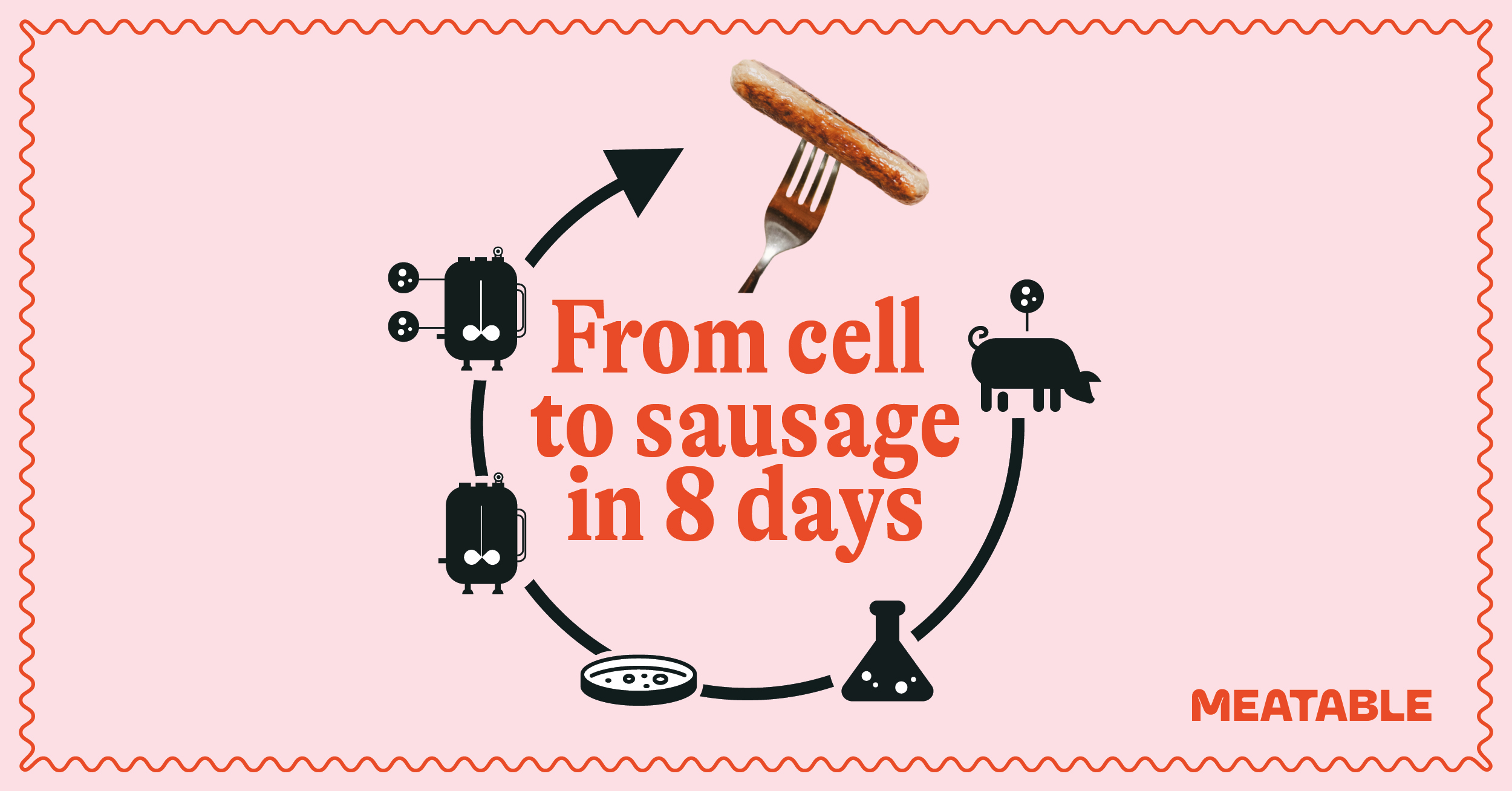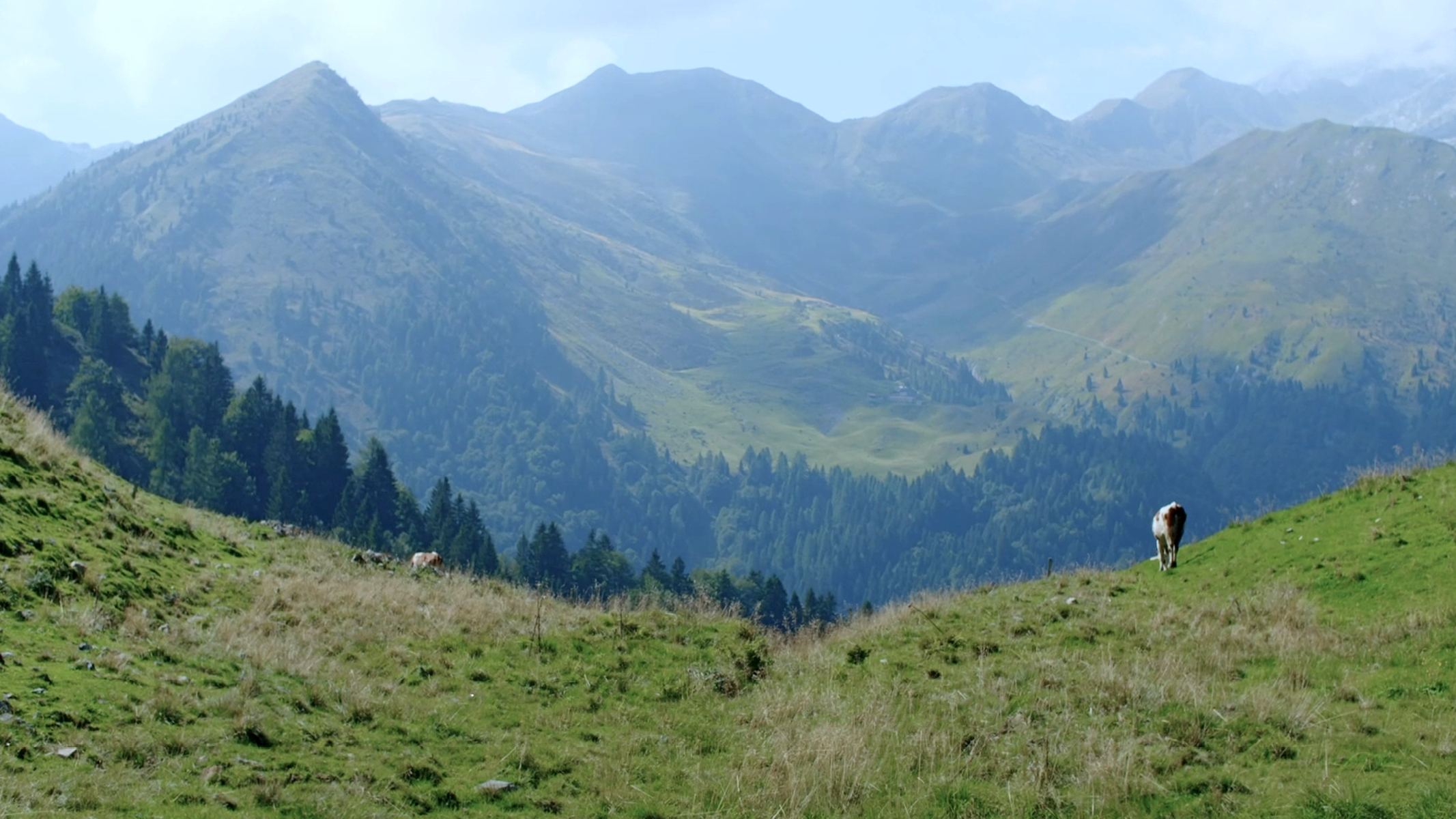Ollie Cohen, 15th December 2021
5 Ways Our Meat Will Contribute to a Healthier Future
At Meatable, we know that you, and the world, love meat. That’s why it’s our passion to enable you to satisfy your taste without compromise. Perhaps you don’t want to feed your family meat from animals treated with hormones and antibiotics. Maybe you are no longer satisfied with slaughtering animals to feed your appetite. It might be that you’re concerned about the emissions associated with modern farming practices. Whatever your personal values, our meat enables you to fulfil them.
By preserving the best of the animals we eat whilst eliminating the need for the entire animal itself, we’re revolutionizing the way we obtain meat. We’re here to build a better future for everyone: for you, for animals, and for our planet. We’re well on our way to meeting this goal: we’ve already completed our first pork prototype and have secured more funding to ramp up our efforts. A brighter future is on the horizon — and here are 5 ways our meat can contribute to that future.
Cultivated meat saves animals
The challenge:
The average person consumes about 7,000 animals in their lifetime. To put that in perspective, that’s 11 cows, 27 pigs, 2,400 chickens, 80 turkeys, 30 sheep and 4,500 fish per person! We can all recognize that that is a lot of animals.
The new natural:
Cultivated meat done the Meatable way doesn’t require animal lives at all. To make meat for food, we take a sample from an unharmed, healthy, happy, living animal. That would be more than 70 billion animal lives saved per year if we all switched to cultivated meat.
Cultivated meat is healthier
The challenge:
The growing human population and dwindling land available for agriculture has led to suboptimal conditions for raising animals for meat. Farmers began treating their animals with antibiotics to prevent disease — and quickly learned that those medications also helped their animals grow faster. Unfortunately, antibiotics are now used just as often, if not more often, as a growth promotion strategy as they are a disease prevention strategy.
Unfortunately, we sometimes ingest those antibiotics when we eat meat from animals treated with them. This has been a major contributing factor to antibiotic resistance by dangerous bacteria — one of the biggest public health crises today. Additionally, antibiotics aren’t perfect. Growing antibiotic resistance affects animals as well as humans, and animals are still subject to non-bacterial diseases.
Outside of the known issues with antibiotic overuse, we are increasingly aware of the danger of zoonotic diseases (diseases that can cross species from animals to humans, including COVID-19) arising from animal agriculture and slaughter. These diseases are particularly problematic in factory farming and abattoirs where animals and people are in constant close contact.
The new natural:
Our meat completely changes the narrative. Because we grow fat and muscle cells in a clean environment and with optimal nutrients, we don’t plan to have any antibiotics in the finished product. Additionally, because we aren’t farming animals we’re essentially eliminating zoonotic diseases in our processes. This is good news for both animals and humans.
Cultivated meat is a better use of space
The challenge:
Animals are big, and they need to be outside. Animal agriculture generally uses greenfield development, which involves incredible deforestation to develop grazing spaces or factory sheds. In fact, animal agriculture is the leading cause of deforestation globally. And for countries that don’t have the right space or technology for large-scale animal agriculture, meat must be imported — sometimes thousands of miles. This worsens the climate change problem by releasing truly unnecessary carbon emissions into the environment.
The new natural:
With cultivated meat, unlike with animal agriculture, we have the opportunity to leverage creative production spaces that are a more flexible use of space, such as multi-story, mixed-use buildings. Imagine, for example, going to the grocery store and picking up a package of pork chops that were produced on a different level of the very same building — you can’t get more local than that. Such creative solutions reduce emissions produced by living animals and by transporting meat products. They also enable space to be repurposed or reforested. That’s a truly big deal for our environment — just one tree can remove about 22kg of carbon dioxide from the air in a year.
Cultivated meat will be delicious
The challenge:
One of the biggest reasons people are hesitant about cultivated meat is that they aren’t sure if it can even taste good. Let’s face it — the reason people love meat is its flavor. Companies know this — and that’s why so much effort has been made by plant-based protein companies such as Beyond Meat and Impossible Foods to replicate the true taste of meat. But what about cultivated meat — does it taste like real meat?
The new natural:
People who have tried prototype cultivated meat products suggest that the taste is pretty much there. What’s more, cultivated meat, with time, could taste even better than meat from slaughtered animals as we fine tune our process. At Meatable, we’ve run initial tests and all markers point to a genuine meat flavor.
Current animal agricultural practices for the mass market favor production speed and efficiency over animal health, resulting in meat that just doesn’t taste as good. The process to produce cultivated meat, on the other hand, can be designed to maximize flavor, and it can do so without sacrificing production efficiency. What’s more, cultivated meat won’t include the less-than-pleasant parts of meat: the tendons and gristle that can turn stomachs. Instead, it’ll just be pure, real, tasty meat.
Cultivated meat will have fewer hidden costs
The challenge:
The price of meat isn’t just what you pay per kilo at the supermarket. This might be the personal price you pay at the moment of purchase, but the truth is, meat is far more costly than the price tag suggests. Considering public subsidies, healthcare expenditures, damage through grazing (see more below), and greenhouse gas emissions associated with animal agriculture, the true cost of meat is far more than the hit to our wallet.
The new natural:
While producing cultivated meat is currently costly, Meatable and other players in the cultivated meat space are working hard to decrease the initial cost. For example, we have already decreased the cost of our most expensive ingredients by up to 85% through finding innovative new suppliers. We have also phased out some of our most expensive ingredients in recent months, with plans to remove even more.
Meat remains sensitive to variability in commodity prices, increasing land shortage, and lack of innovation, while global meat consumption continues to rise. All of this is likely to drive the cost of meat upwards, and we expect that cultivated meat will hit price parity with traditional meat sooner than is being reported. As more “green” regulations are put into place and clean energy supplies increase, cultivated meat may very well become the cheaper alternative for you, and the world.
The change we crave
We know that as much as the world craves meat, it also craves change. As a society, we’re a bit nostalgic for the meat of the past, but due to our growing population, we can never return to the days where people could walk to the neighbor’s house to say hello to the cow that would feed their family that winter. The solution is a combination of the best of the past with the promise of the future.
Advances in technology combined with human ingenuity will make it happen. The destination isn’t new — society has always sought after the healthiest, most nutritious animal products. We just hit a few speed bumps — climate change, a booming population — that we weren’t expecting along the way. As we figure out how to navigate those speed bumps, one thing is becoming more apparent each day: you don’t have to compromise, you can have real meat, and you can have it healthier. Healthier for you, healthier for the planet. This is the future Meatable is helping to build. We look forward to welcoming you to a brighter, healthier future.


